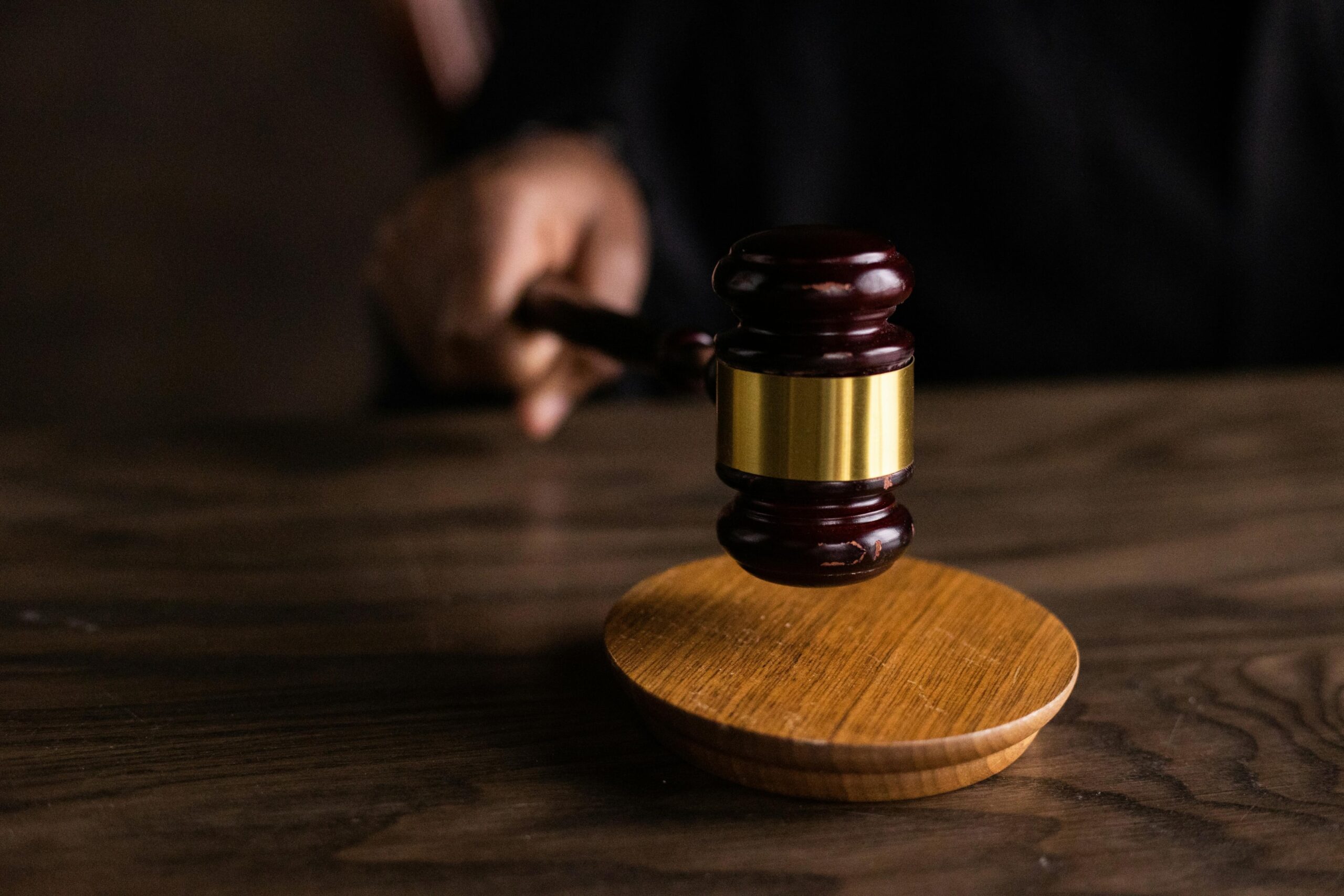
One moment, you’re rushing through your morning routine, coffee in hand, a to-do list waiting. Next, you’re lying on the side of the road, in a hospital bed, or in a daze at work. Everything familiar suddenly feels distant. When you’re in pain and unsure where to turn, knowing how to file a personal injury claim without a lawyer can make all the difference.
Injury doesn’t just strike the body; it shakes your foundation. The pain lingers, but so does the uncertainty. How will I afford the medical bills? What happens if I can’t work? Who will fight for me if I can’t afford a lawyer? These questions echo loudest when you’re hurting physically, emotionally, and financially. Whether it’s a car accident, medical malpractice, or a workplace injury, many people feel overwhelmed by the thought of handling the legal system alone. They put off learning how to file a personal injury claim without a lawyer, assuming it’s too complex or costly.
But here’s the truth: You can take control. You can protect your rights. You can seek compensation without waiting for someone to step in. With the right information and the right mindset, you can move from confusion to clarity.
Step 1: Understand What a Personal Injury Claim Covers
A personal injury claim is a legal demand for compensation made by someone who suffered harm because of another person’s negligence.
This harm may include:
- Physical injuries (like broken bones or back pain).
- Medical expenses (such as hospital bills or physical therapy).
- Pain and suffering damages (emotional and physical distress).
- Property damage (e.g., your car or personal belongings).
- Lost income (wages missed due to time off work).
- Ongoing medical care or rehabilitation costs.
These are divided into two main categories:
- Economic damages: Tangible costs like medical bills or lost wages.
- Non-economic damages: Intangible losses like emotional distress and pain.
If your injuries occurred due to someone else’s actions—whether in a car crash, slip and fall, or workplace incident—you have the right to file for these damages, even without legal representation. In rare cases, you may also pursue punitive damages if the conduct was especially reckless.
Step 2: Seek Medical Attention Immediately
Before anything else, seek medical attention—even if your injuries seem minor at first. Not all symptoms appear right away. Without timely medical treatment, you risk not only your health but also your ability to support your claim.
Why is this step so critical?
- Medical records act as foundational evidence.
- Hospital bills show the financial impact.
- Ongoing care documentation supports claims for future damages.
Keep all receipts, reports, and prescribed rehabilitation treatments. These will help you track out-of-pocket expenses that can be added to your claim. If you delay care, the insurance company may argue that your injuries weren’t serious or related to the accident.
Step 3: Collect Strong Evidence from the Start
The strength of your personal injury claim lies in your evidence. Whether you’re dealing with a car accident claim or a slip-and-fall case, your goal is to prove that the other party was at fault.
Here’s what to collect:
- Police report: If a car accident occurred, this report documents the scene and identifies the at-fault party.
- Photographs and videos: Capture the accident scene, property damage, visible injuries, and weather conditions.
- Witness statements: Get contact information and written accounts from anyone who saw what happened.
- Medical evidence: Document every doctor visit, diagnosis, and prescribed treatment.
- Therapist reports or journals: Document emotional pain and its impact on daily life. These tools help prove pain and emotional suffering over time.
- Physical evidence: Hold onto any damaged personal property involved (e.g., a cracked helmet or phone).
These help support your suffering claim and can effectively prove physical injuries and emotional distress. If you’re organized and proactive, you can still file a pain and suffering claim without lawyer representation.
Step 4: Notify the Insurance Company
Contact the at-fault party’s insurance company to begin the claims process. Be prepared for this conversation—it sets the tone for everything that follows.
Tips:
- Stick to the facts. Avoid offering opinions or speculation.
- Do not give a recorded statement without understanding its implications. Anything you say can be used to reduce your claim’s value.
- Document all communication. Keep copies of emails, letters, and notes from phone calls.
During this step, the insurance adjuster will begin evaluating your claim. They may try to downplay serious injuries, delay communication, or pressure you into an early settlement. Stay calm and assertive.
Step 5: Draft and Send a Demand Letter
A demand letter outlines your case, includes evidence, and requests fair compensation.
Your letter should include:
- A summary of the accident.
- A breakdown of injuries and medical treatment.
- Attached copies of medical records and bills.
- Lost income documentation.
- A detailed list of economic and non-economic damages.
- A specific settlement amount.
Write in clear, professional language. Attach all supporting evidence and send it via certified mail so you have proof of delivery.
Step 6: Negotiate Your Settlement
Once the insurance company responds, be ready to negotiate. The first offer is usually low, especially when you’re not represented by a personal injury attorney. Don’t let that discourage you.
Here’s how to handle it:
- Review their reasoning and respond with facts.
- Emphasize key evidence—serious injuries, medical treatment, and pain.
- Be patient. You don’t have to accept an unfair offer.
Most personal injury claims settle out of court. However, if negotiations fail, you have the right to file a personal injury lawsuit.
Consider When a Lawyer Might Still Be Necessary
While many minor accidents and low-value claims can be handled independently, some personal injury cases become complex.
You may need an experienced personal injury lawyer if:
- You’re dealing with a wrongful death claim.
- You suffered permanent disabilities or long-term physical pain.
- You’re facing medical malpractice or disputed liability.
- The insurance company denies your claim or unreasonably delays.
- You need help navigating the court’s legal system.
Many personal injury lawyers work on a contingency fee basis, meaning they only get paid if you win your case. This means you don’t pay legal fees unless they recover money for you.
Know Your Rights: Statutes of Limitations in Personal Injury Cases
When someone else’s negligence causes you harm, personal injury law gives you the right to seek compensation. But your right to file a personal injury claim has an expiration date. This is known as the statute of limitations—a legal deadline that varies by state. If you miss this critical window, the court may permanently bar your claim, no matter how valid your case is.
Below are the statutes of limitations for personal injury claims in Nevada, Colorado, and California:
- Nevada: You have 2 years from the date of the injury to file a personal injury lawsuit.
- Colorado: The statute of limitations is 2 years for most personal injury claims and 3 years for injuries resulting from a car accident.
[C.R.S. § 13-80-102(1)(a)] (general personal injury)
[C.R.S. § 13-80-101(1)(n)] (motor vehicle-related injuries)
- California: You must file your claim within 2 years of the injury date.
[Cal. Civ. Proc. Code § 335.1]
Keep in mind that the statute of limitations may vary in specific cases—for example, claims filed against a government entity often have shorter deadlines. The legal system is designed to protect your rights—but it doesn’t wait forever.
Educating yourself about deadlines and relevant legal standards strengthens your ability to file confidently and proactively. Whether you choose to pursue your case independently or seek assistance later, knowledge of the law becomes your first line of defense.
Claim What’s Yours

Filing a personal injury claim without a lawyer doesn’t mean going into a legal battle. It means knowing your rights, documenting everything, and staying persistent. From understanding medical evidence to drafting a powerful demand letter, every step matters. And while experienced attorneys can help in complex situations, you have the tools to start the process yourself.
If you ever feel uncertain or overwhelmed, Bourassa Law Group offers guidance backed by legal experience. Our team supports you whether you’re starting the process or need a trusted advocate midway.
Contact us for a free consultation today. You deserve to heal, rebuild, and be heard.





